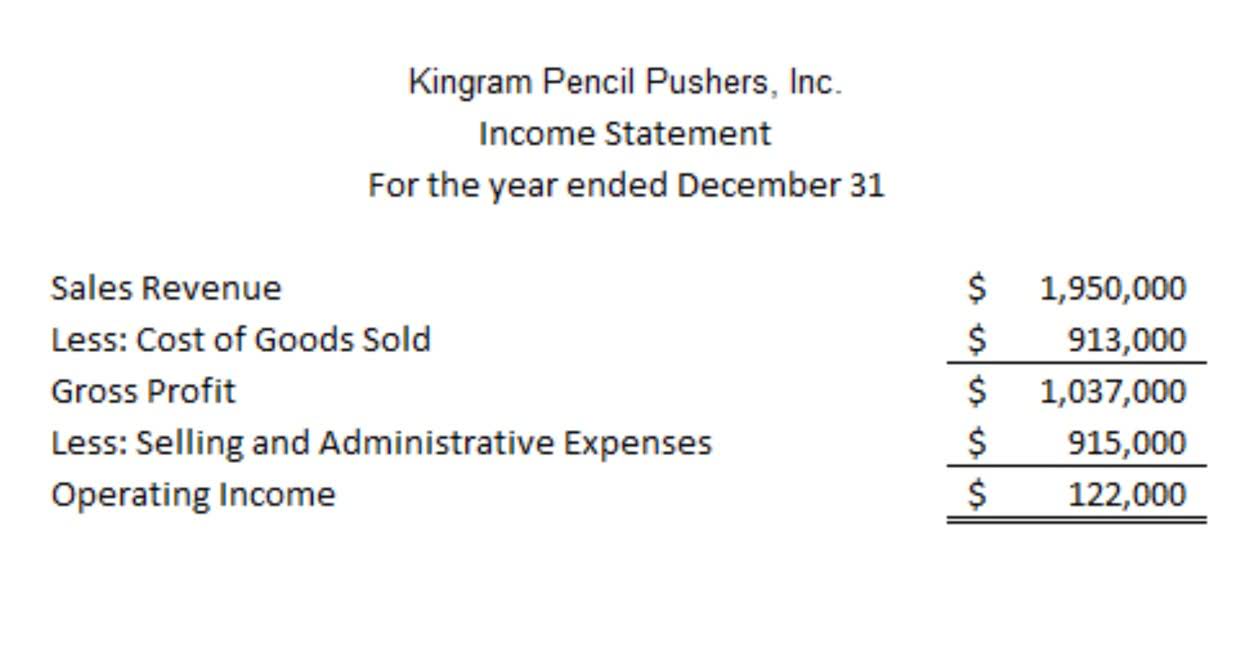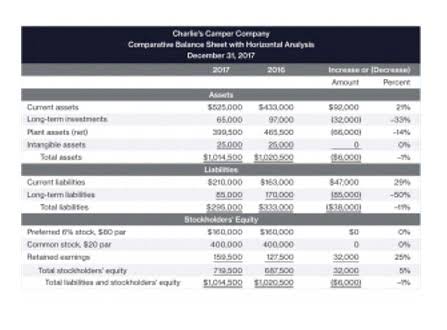
For hedging against the price drop of the stock, he purchases put option contract at the price of $1 per share for his 10 shares. This could create discrepancies between hedged assets (or liabilities) and hedge instruments. But when you want to dive into the details and understand the actions your accountant has taken to recognize gains and losses from derivatives, you might find yourself in need of a little extra education. Interpreting the top-line numbers on financial statements like your balance sheet or income statement is a fairly straightforward affair. Find below a detailed comparison of the differences between a cash flow hedge and a fair value hedge.
Consolidation & Reporting
Creating invoices becomes easier with Deskera, which automates a lot of other procedures, reducing your team’s administrative workload. Hedge implementation requires immense knowledge of the subject and a clear vision of what the companies aim to achieve from it. Moreover, the accounting team needs to be sure when they carry out the reporting and recording process. Accountants can then record the contract as an asset on the balance sheet.
Qualifying hedged items and hedging instruments
- But when you want to dive into the details and understand the actions your accountant has taken to recognize gains and losses from derivatives, you might find yourself in need of a little extra education.
- This can be a challenging and costly affair, especially for businesses that are managing multiple or complex hedges.
- Hedge accounting can be complex, and is an optional alternative for companies.
- Company accountants are not generally in charge of general ledgers.
- Another important piece of this is the decision-making on which hedges will be most effective in certain situations.
- There are certainly advantages to using it, but there are also some drawbacks.
This is particularly true when hedge accounting does not entirely align with the economic reality of the hedge. The use of hedge accounting requires detailed disclosures within financial statements to inform stakeholders about hedging activities, goals, and results. To hedge this risk, your business enters into an interest rate swap to exchange the variable payments for fixed-rate payments. This is a scenario in which your business may make a gain (if interest rates on the variable payments increase beyond the established fixed rate) unearned revenue or a loss (if the inverse occurs). Effectiveness of a hedging instrument can be determined in one of two ways.
- They examine whether a hedging instrument has been highly effective in periods in the past.
- But in hedge accounting, they would be considered a bundle and accounted for.
- Hedge accounting serves as a crucial tool for companies to manage risks stemming from market fluctuations and currency volatility.
- Note that derivatives that are used as economic hedges but are not designated in qualifying hedging relationships require special consideration for financial reporting purposes.
- The adjustment to the carrying value of a hedged item is often referred to as a ‘basis adjustment’.
- The hedged item is an item (in its entirety or a component of an item) that is exposed to the specific risk(s) that a company has chosen to hedge based on its risk management activities.
and Reporting
In the United States, Deloitte refers to one or more of the US member firms of DTTL, their related entities that operate using the “Deloitte” name in the United States and their respective affiliates. Certain services may not be available to attest clients under the rules and regulations of public accounting. Please see /about to learn more about our global network of member firms.


As such, even if an investment is performing poorly, you may want to hold onto it. The gains Accounting For Architects made in the hedge investment are used to minimize the losses from the original security. Knowledge of these specific forms of hedge accounting is crucial for firms operating in volatile environments and helps them avoid the risk of significant changes in financial statements.
Services
EY refers to the global organization, and may refer to one or more, of the member firms of Ernst & Young Global Limited, each of which is a separate legal entity. Ernst & Young Global Limited, a UK company limited by guarantee, does not provide services to clients. The eligibility list for the hedge relationships keeps changing, and therefore, the companies adopting hedging must ensure that they comply with the existing set of rules laid down on the list. The list is standardized by the IFRS and is published by IASB, the International Accounting Standards board. ASC 815 (US GAAP) and IFRS 9 (International Financial Reporting Standards) both provide guidelines for using hedge accounting. To illustrate what hedge accounting looks like in practice, let’s look at an example.

Cons of hedge accounting:

Knowing how to apply the hedge accounting guidance of ASC 815 is vital. Our latest On the Radar article breaks down high-level hedge accounting questions to help you understand where ASC 815 requirements fit into your financial picture and how to fulfill them. In applying IFRS Standards, IFRS 104 permits a direct consolidation viewpoint where a company may directly consolidate a lower-level subsidiary even if there are one or more intermediate subsidiaries. This allows the parent to apply a net investment hedge, in accordance with IFRS 9, on a lower-tier subsidiary even if the intermediary subsidiary has a different functional currency.
Hedge accounting treats the market value changes of a hedge and the reciprocal security as one. This reduces the large swings seen by the changes in fair market value. Disclosure requirements for hedge accounting are detailed hedge accounting in IFRS 7.21A-24G. The adjustment to the carrying value of a hedged item is often referred to as a ‘basis adjustment’.

